Street Fighter 30th Anniversary Collection on Nintendo Switch
It’s hard to believe that for 30 years, the Street Fighter series has been Hadokening, Dragon Punching and Tatsumaki Senpukyakuing (totally copy and pasted that one). Last year, the Nintendo Switch was the sole recipient of Ultra Street Fighter II: The Final Challengers, dubbed by some as the definitive version of the legendary fighting game staple.
Now, for the 30th anniversary, every major platform will be treated to this incredible compilation of an eye-popping twelve arcade classics, all crammed into the one humble little package. This may be the literal interpretation of what the Street Fighter 30th Anniversary Collection brings to the table, though to the untrained eye it does come across more like four arcade classics, repackaged several times.
Featuring the original Street Fighter, five versions of Street Fighter II, three versions of Street Fighter Alpha and three versions of Street Fighter III, the collection exhaustively covers the mainline series in its entirety. Cycling through all of them, it becomes apparent just how unique each edition of the titles actually are; with roster, balance and speed adjustments, it really feels like you’re playing an entirely different game. Typically, the latter versions are the superior option, unless you were a pro back in the glory days of the older cabinets.
All twelve games feature versus mode, and the four online titles (SFII: Hyper Fighting, SFII Turbo, Alpha 3 and SFIII: 3rd Strike) also have a robust training mode not included in the arcade versions. As the online mode is where you will want your skills at their sharpest, it seems reasonable that they would be the ones that allow you to hone your craft.
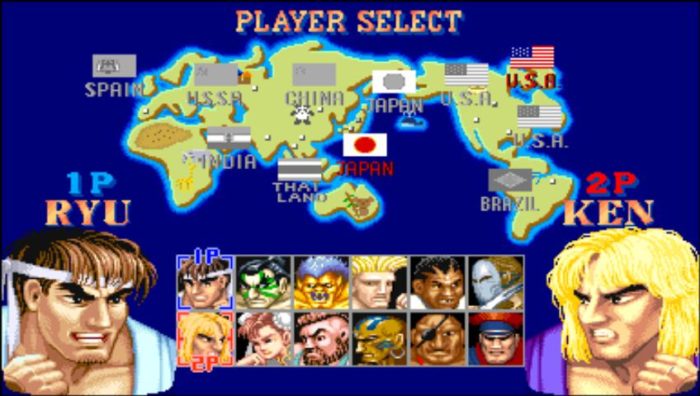
Though most of the games are thoroughly playable (and excellent), you will likely find yourself spending much more time with some over others. The original Street Fighter, with all due respect, is a relic that can be downright painful to experience. It controls terribly, with the special moves requiring an unforgiving level of precision, and the janky walking animations make spacing and pacing a non-factor. Inevitably, you end up throwing out all of your Street Fighter instincts, and just abusing the AI with repeated stabbing of a single button. The digitized voice samples are hilariously bad, to the point where the Speak & Spell from the late 70s sounds technologically advanced. And no matter how many times I look at Ryu’s original model, I just can’t get past his inexplicable ruby slippers.
But you weren’t here for Street Fighter I, now were you? Moving onto Street Fighter II feels like the most refreshing and finely tuned fighting game you’ve ever played, comparatively. It set the golden standard for the genre, and it still plays beautifully to this day. It’s a little shocking quite how slow The World Warrior is, but it is at least forgivable, excelling in every other factor – save for the screeching elephants of Dhalsim’s stage. Turbo is the bread and butter for most, and it is here that you’ll get to enjoy the purest Street Fighter challenge. Whether you want to settle for its standard pace, which moves at a fair clip, or crank up that sucker to ludicrous speed, you’ll feel right at home.
Alpha and SFIII didn’t receive nearly the adulation of their predecessor, which is a shame, because they are outstanding titles, and for the most part better entries than SFII, if you can handle that level of sacrilege. The sprites are lively and detailed, and the backgrounds in SFIII are absolutely stunning. The parry system may not be for everyone, but it adds a fascinating wrinkle into the gameplay, and watching two high level players squaring off with this mechanic thrown into the mix is a thing of beauty. There isn’t as much of a leap between the first and last versions of these games, but the increased roster size make Alpha 3 and 3rd Strike the preferred selections.
One could mull over the fact that only four of the titles are playable online, concluding it to be a reflection that they are the best versions, which can make some of the other editions feel superfluous. Point blank, if someone offered to play you in either The World Warrior or Hyper Fighting, would you ever choose the former? In the same sense as the first Street Fighter game, it was significant in its own right, but ended up outclassed by the versions that followed. Could we have survived with only a couple of versions of SFII, and in their place, had a Super Puzzle Fighter, or Street Fighter EX? Those who preordered on the PS4, Xbox One and PC also received a digital copy of Ultra Street Fighter IV, but this is tragically not true for the Nintendo Switch, and it is an absolute shame. Admittedly, SFIV never graced a Nintendo home console, but it did make a successful port to the 3DS, making its absence here rather disappointing.
In its place, Switch players receive SFII: The Tournament Battle, an alternate version of The New Challengers that allows for tournament brackets to be made between multiple networked Switch consoles. It’s a nice feature, and Tournament Battle more or less fell through the cracks over the years, so somebody’s bound to get a kick out of it – but Ultra SFIV would have been a much more welcome option. By a long shot.
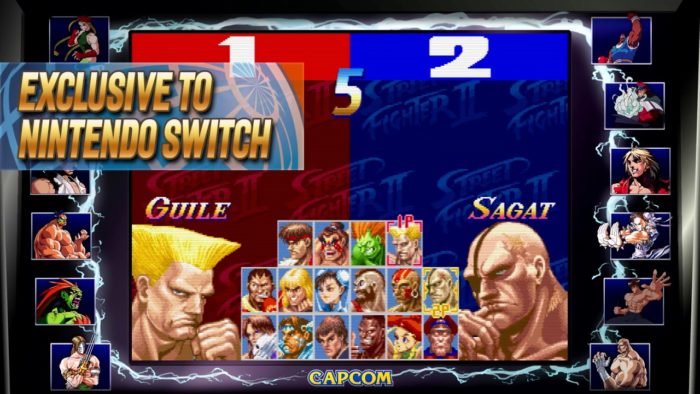
If that omission puts the Switch version behind the 8-ball, its playability needs to bring it back up to parity. Portability – the Switch’s calling card – is something of a mixed bag. Playing the games in handheld mode just never feels quite right, with the Joy-Con’s control stick poorly suited to the demands of quarter turns, and the tiny shoulder buttons not faring much better for heavy punches and kicks. Moving those commands to ZL and ZR helps a little, or if you’re willing to settle for tabletop or docked modes, opting for the Pro Controller instead. It outclasses the Joy-Cons in every way for this particular game, and though it’s never going to match the intuitiveness of a six-button setup, it holds its own, at least.
As is to be expected, the 30th Anniversary Collection is peppered with extra knick knacks, such as character biographies and concept art. Though most people may only get a minor kick out of these, there is something truly intoxicating about engrossing yourself in the lore and past of this historic franchise. The myriad of personalities we have seen over the years have woven a colorful tapestry (though for my money, Mortal Kombat had the better narrative), and whether you prefer the staples of Ken and Zangief, or you’re more of a Sodom and Twelve kind of cat, your thirst for knowledge will be satiated here.
There’s also the requisite borders and filters, plus save states for you to load your old data. Ostensibly, this is so that you can swap between the games freely without risk of losing your progress, but in reality, most will use it as a means of maintaining their perfect streak in the ultimate display of impiety. Useful for when Gill pulls his Illuminati nonsense.
Frankly, the save states feel like an affront to the legitimacy of Street Fighter, and this is especially significant when you consider that this is what this collection represents. This is the legitimate Street Fighter experience, for better or worse. No dabbling in side projects, no garish polygons accosting your sight. This is the first four core games, in all of their variations, for you to enjoy. And though Street Fighter I is worth skipping, and The World Warriors isn’t as smooth as you remembered, pretty much everything else is crisp and satisfying.
Street Fighter has risen to become the preeminent fighting franchise, by building the core mechanics upon which every other entry would be compared, and then by refining and perfecting that formula. The 30th Anniversary Collection is a fantastic love letter to its ascension, and as bloated as it may seem to have five editions of SFII (six if you include Tournament Battle), it’s a game that is worth celebrating again and again. And again and again. And one more time, in tournament form.
Just accept it and move onto Third Strike, alright? Remy is love. Remy is life.
Score: 4/5 – Great
Pros
| Cons
|
For more information on how we review games, check out Twinfinite’s review policy here.

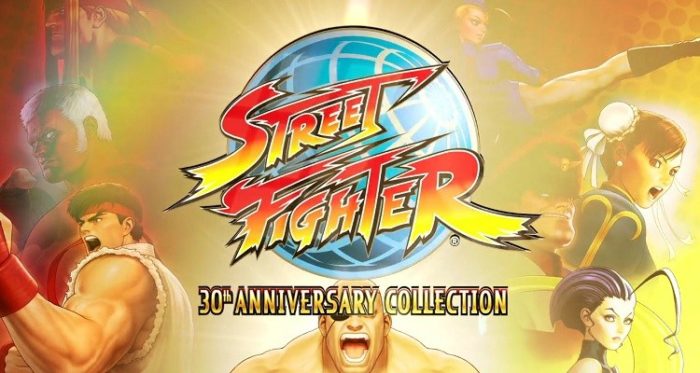

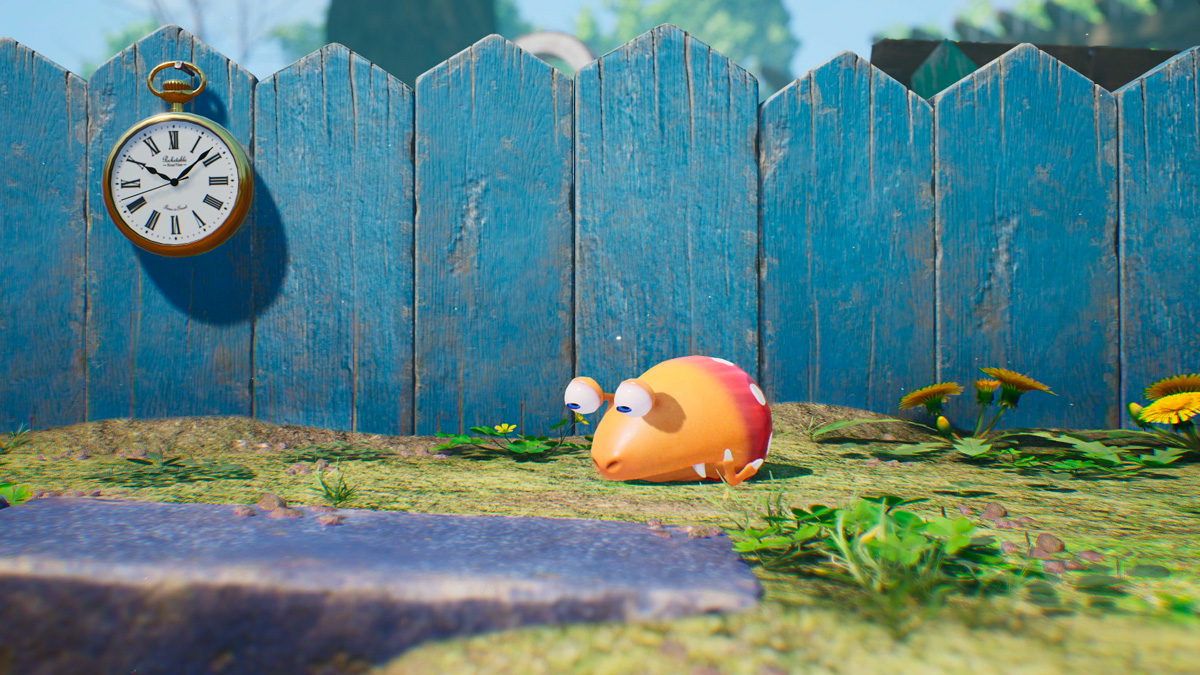

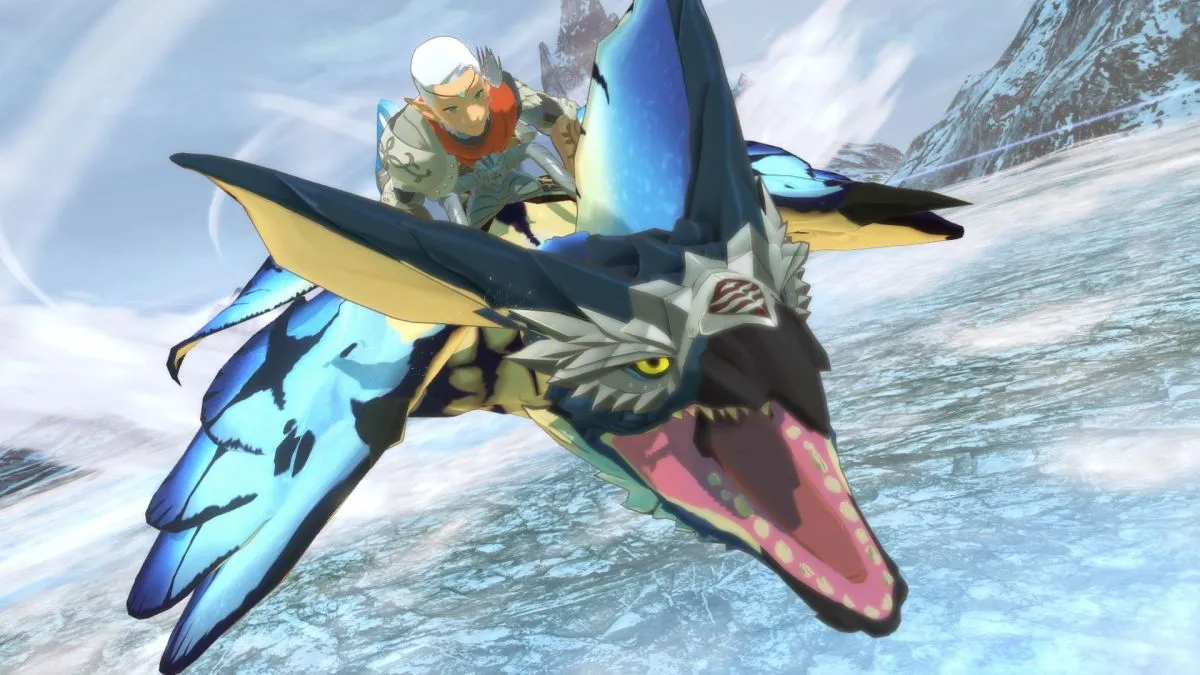
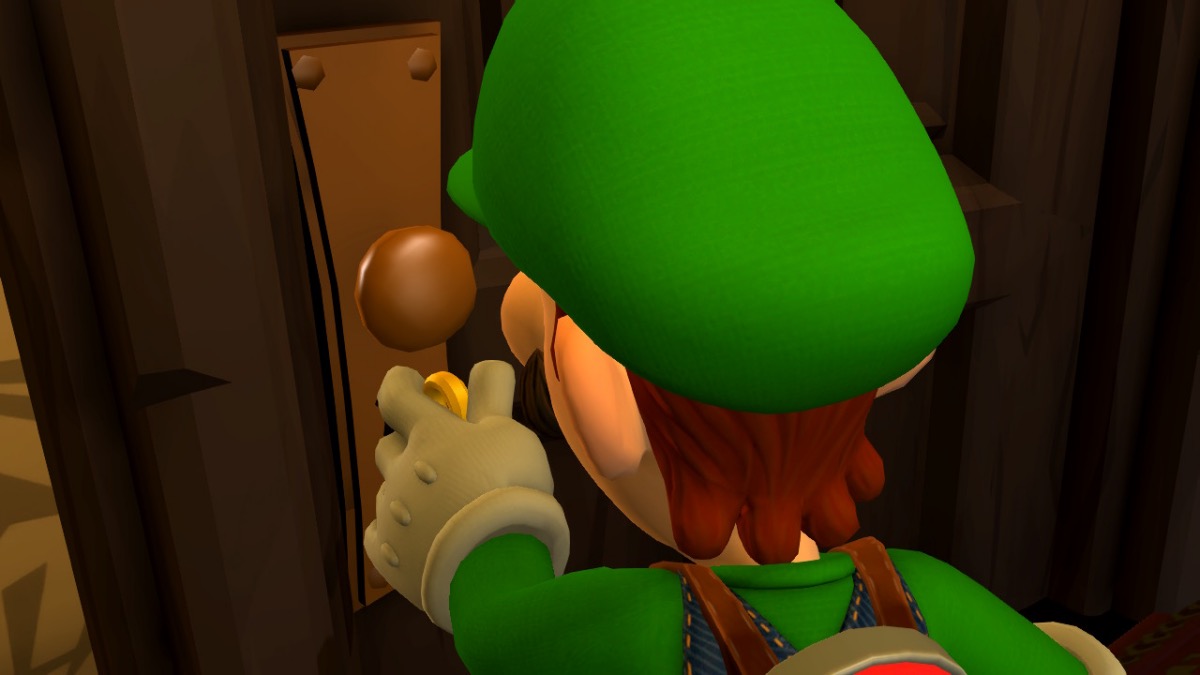

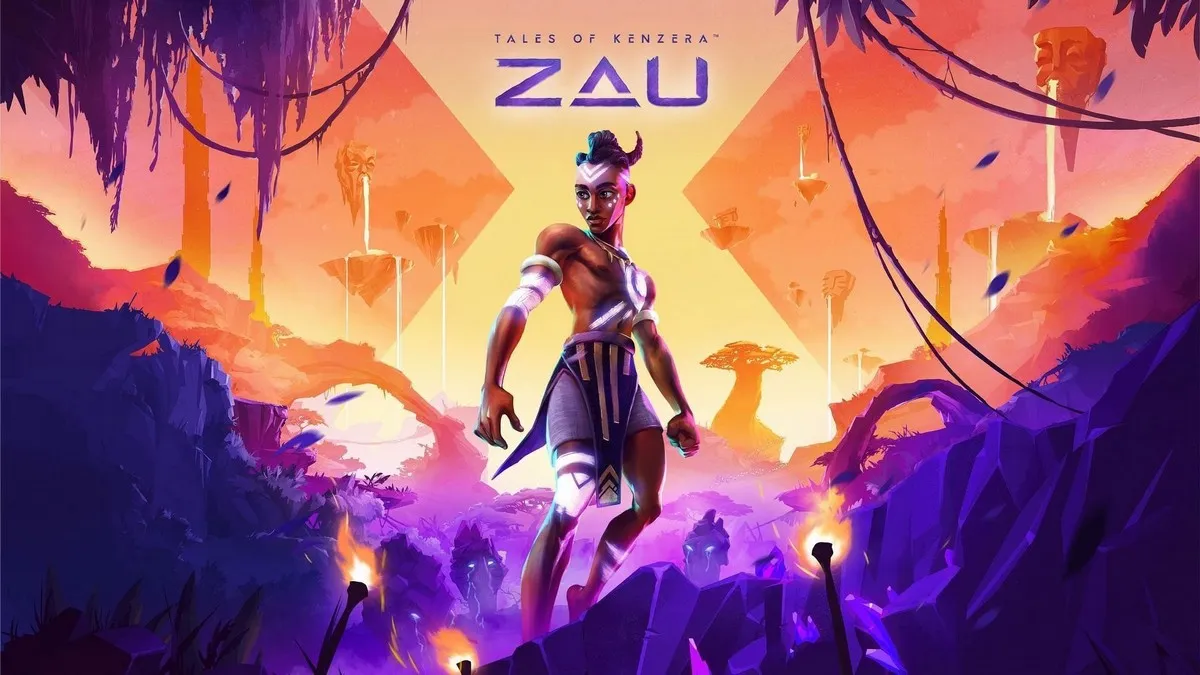
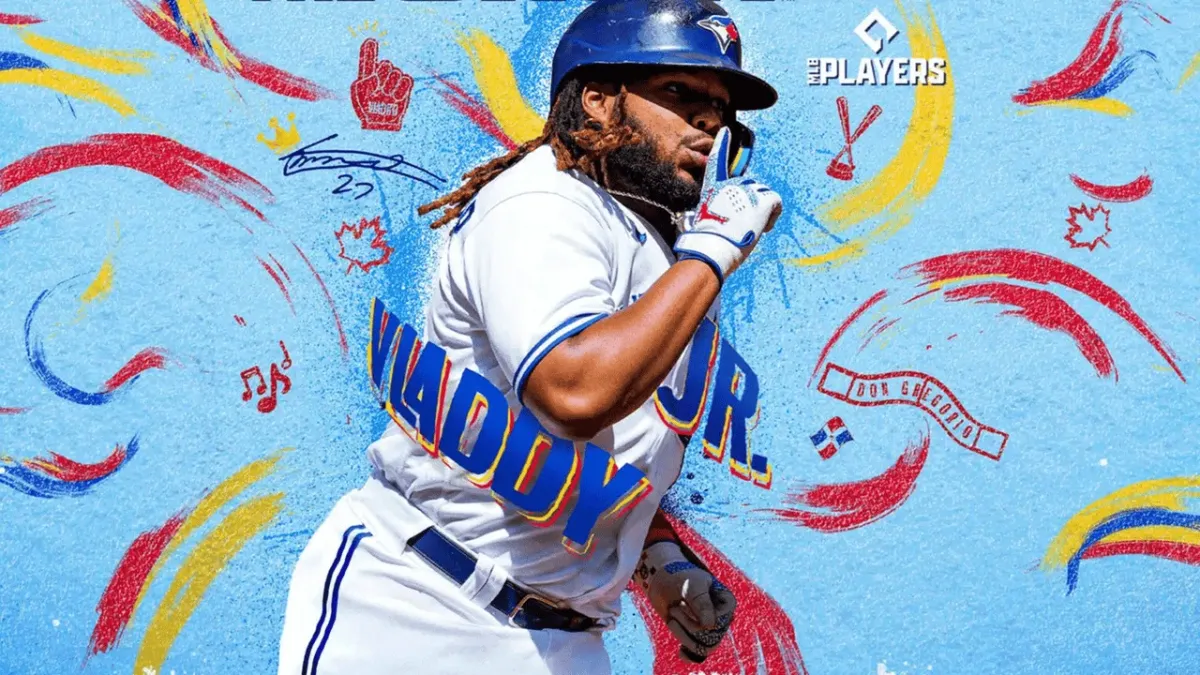


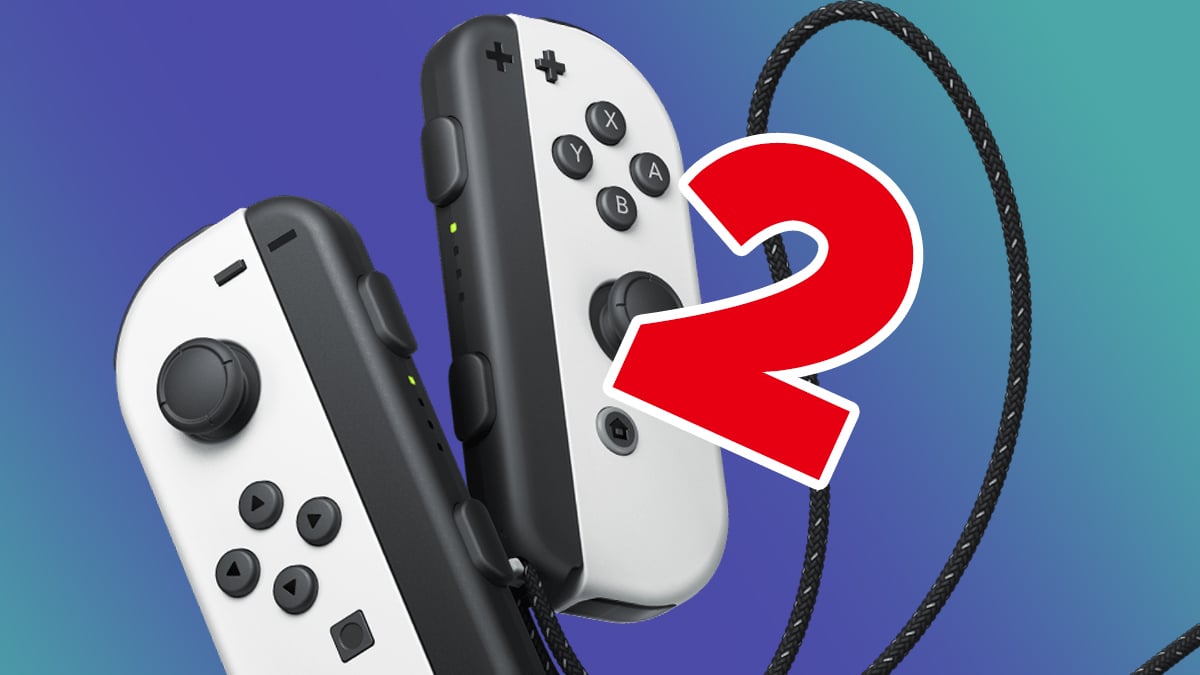
Updated: May 29, 2018 05:06 am